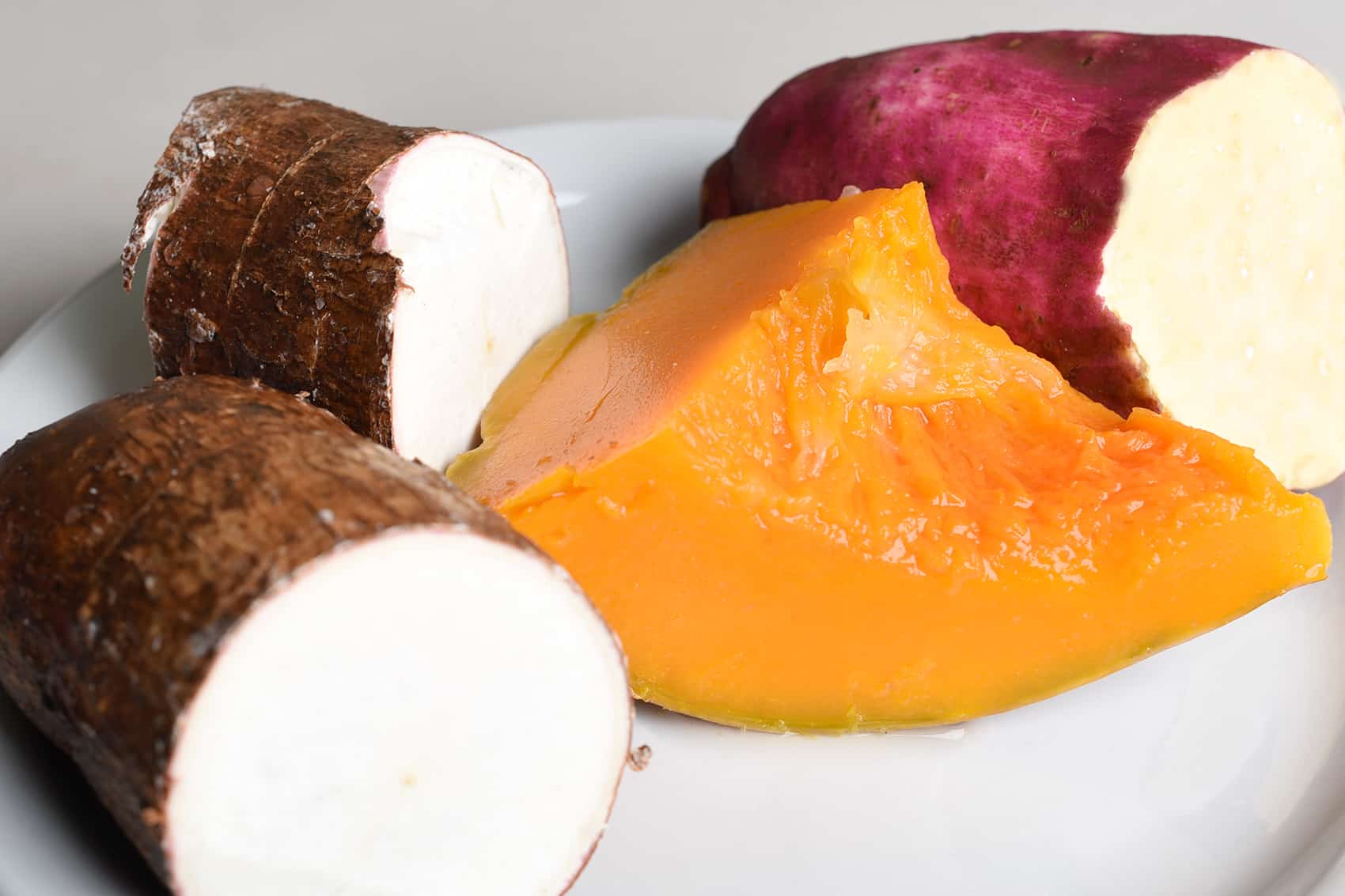It’s not all about turkey and dressing, and pilgrims and Indians. The U.S. Thanksgiving arguably may be the world’s bestknown such holiday, but plenty of other days of thanks and harvest festivals dot the world’s calendar, and all were long-standing traditions by the time the colonists broke bread with their indigenous brethren at Plymouth Rock in 1621.
Canada celebrates Thanksgiving on the second Monday of October, a day with roots in English explorer Martin Frobisher’s 1578 ceremony of thanks to celebrate his safe voyage to what is now Newfoundland. Purpose and date have changed markedly through the years.
The first post-confederation Thanksgiving was decreed in April 1872 to give thanks for the recovery of the Prince of Wales from a serious illness. The post-World War I era combined the holiday with November’s Remembrance Day to commemorate the signing of the armistice ending hostilities.
Parliament gave Thanksgiving a permanent, separate home on the calendar in 1957, decreeing “a day of general thanksgiving to Almighty God for the bountiful harvest with which Canada has been blessed.”
Much of Catholic Europe combines Martinmas, the Nov. 11 feast day dedicated to St. Martin of Tours, with harvest celebrations.
The date marks a transition between autumn and winter, the time that meats and produce need to be prepared for the cold season ahead. Children carry lanterns and parade through the streets wishing their neighbors a good harvest.
Tradition says St. Martin, having been named bishop, was reluctant to serve, and so hid in a geese stable, but the honking of the birds gave away his hiding place. Roast goose is the traditional main course served on the day.
Britain’s Harvest Festival bears an ordinary name and a tradition dating back to pre-Christian times. The celebration is often cited as the origin for the idea of the first Massachusetts Thanksgiving observed by the Pilgrims. The festival’s modern incarnation dates from 1843, when parishioners began decorating their church in Morwenstow, Cornwall, with homegrown produce.
That tradition continues in many small churches today, along with the singing of favorite hymns such as “All Things Bright and Beautiful” and “Come, Ye Thankful People, Come,” all taking place on the Sunday nearest the so-called “harvest moon,” the full moon following the autumnal equinox.
That autumnal full moon also marks the start of the Jewish harvest festival of Sukkoth, sometimes called the “Feast of the Tabernacles,” on the 15th day of the month of Tishri, coinciding with September or October. “Sukkot” refers to the small, temporary dwellings constructed bythe Israelites during their 40-year wandering in wilderness following their exodus from Egypt. In remembrance, those observing the holiday today construct small, three-sided huts made of leaves and branches, while celebrating the bounty of the harvest.
China’s Mid-Autumn Festival also takes place at this time on the 15th day of the eighth lunar month, and celebrates the end of the harvest season. The celebration has been adopted and modified by many countries in East and Southeast Asia.
In Vietnam’s Tet Trung Thu, the focus is on children, whose needs took a back seat during the harvest, while Korea’s Chusok combines the harvest celebration with visits to ancestors’ graves to acknowledge the season’s bounty. Common to all the Asian observances is some variation on a crescent-shaped rice cake sweetened with fruit and sugar, the goody most associated with the festivals.
Arguably the world’s most colorful harvest celebration is South India’s mid-January Pongal. The name comes from a Tamil word meaning “boil over,” and refers to the traditional sweet rice dish served during the four-day festival.Various days are set aside to give thanks to the sun and rain for their roles in providing a good crop yield.
One day is also devoted to honoring cattle for their work in plowing the fields: families clean their cows and dress them in flowers and bells.
West Africa observes various yam festivals near the end of the rainy season in August or September to celebrate the harvest of the region’s most important dietary staple. The celebrations bear different names, depending on the country, but the most interesting moniker is that of Ghana’s Homowo, whose name translates “to hoot at hunger.” Communities do just that, holding giant yam parades and honoring those members who have produced the biggest harvest.







